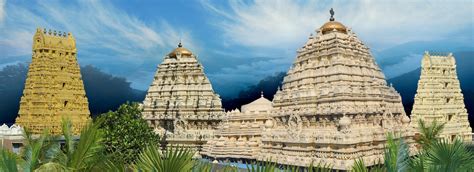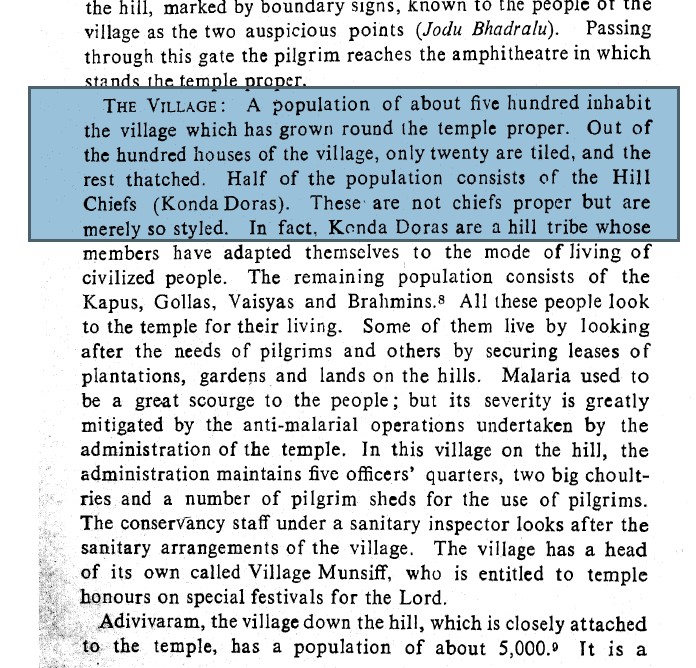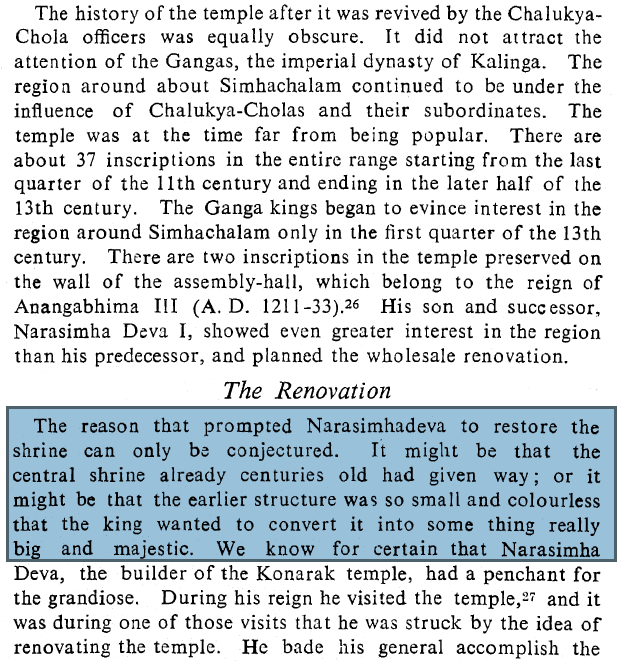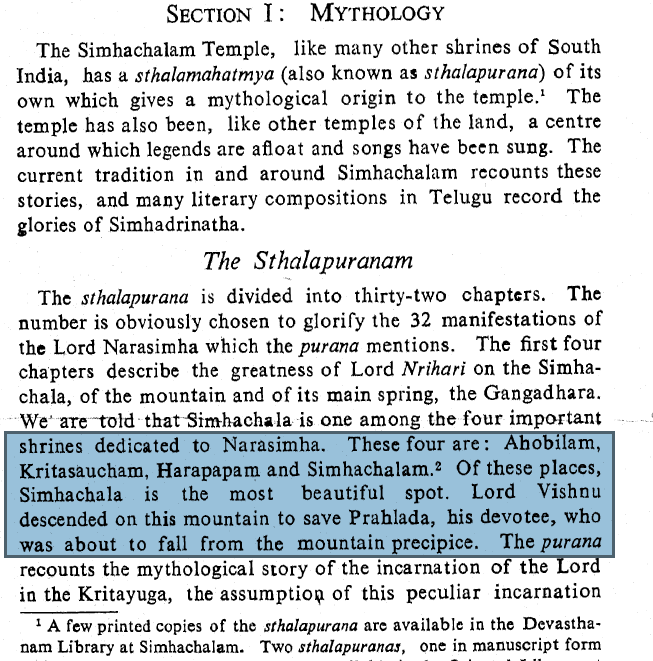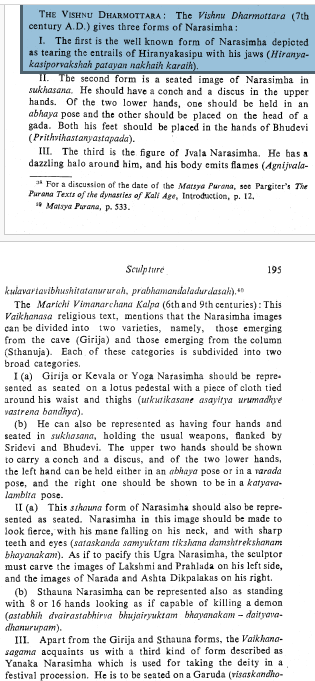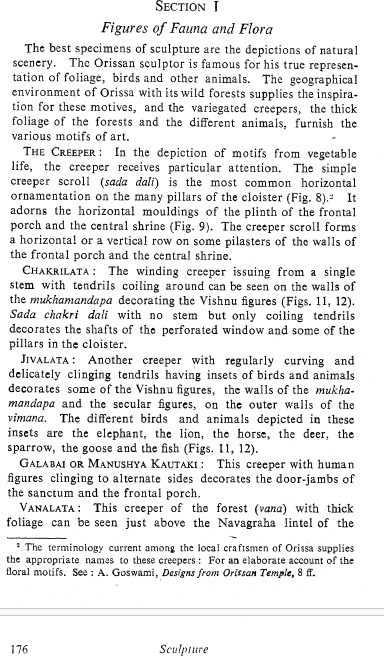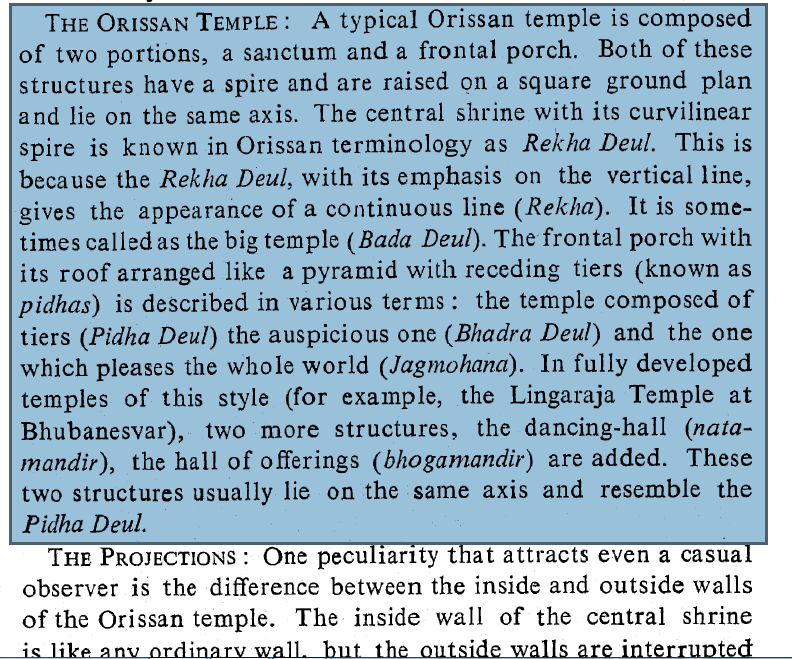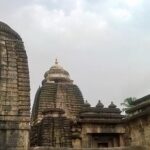From Commerce and Economics we return to Architecture after a brief break. This next article is on a gem of a temple in the region known as Uttarandhra. Alternatively known as Kalingandhra, it is emblematic of how desas are determined not by temporary political convenience or manufactured identities, but by deep-seated geographic distinctiveness and dharmic history.
Simhachalam is representative of all that and much more.
Background

Originally a village, Simhachalam was the traditional stomping grounds of the Konda doras. Being the playground of empires, meant that this part of modern Telugu country would find its overlord frequently changing, but local rulers (Korukonda Naayakas, etc) unchangingly giving patronage and governance for its people.
The Lakshmi-Narasimha Swami temple has records going back to the 11th century, with references to the temple proper dating to the 1300s. It is located in the region presently known as Uttarandhra, but traditionally part of Kalinga desa. It is ironic that bifurcation split Trilinga desa, wherein 2 of said 3 lingas are located in residual Andhra Pradesh state. In truth, mere dialect or foreign occupation should not sunder a people (particularly when selfish political interest dictated such outcomes). Historically, the true division was Kalinga and Aandhra desas.
However, before Uttarandhra advocates get too excited, they will have to convince their Odia brethren to break Odisha state (into similar 3 parts, Odhra-Utkala-Kalinga), but it is unlikely that their language group would prove to be as stupid as ours. Regardless, this intersection of Odia and Aandhra culture provided for the unique mix that not only makes up the temple but the people. Along with the language, the Telugu inscriptions at the temple are often interspersed with Odia words. The region would be ruled by the Kakatiyas, the Gangas, the Reddis, and the Gajapathis, before falling to foreign invaders in the 16th century.
History
Simhachalam has been notable at least since 1076 CE, due to Kulottunga Chola’s inscriptions. However, it came in to its own under the rule of Ganga Anangabhima III. [1]
Unlike today’s imbeciles who make alliances with deccanis to fight local rivals (i.e. Devarakonda raajas), Ganga Ananga Bhima wisely switched policies, had an armistice with Kakatiyas & fought turkics. Unlike the aforementioned, the result is that he was victorious over invaders and managed to keep his kingdom in Odisha. This generosity of spirit and political sense is lacking in the kasteist kautilyas of all kastes today. It is what happens when responsibility to people is blinded by lust for power and possessions. Such half-acres raajas and mandhabuddhi manthris have no right to leadership. Rulers who discard dharma should themselves be discarded by their people at the right time. Regardless, the Gangas would rule for quite a bit longer before eventually be replaced by the usurper Gajapathis, who unfortunately did make such alliances with the Bahmanis against Vijayanagara (but that is another matter for another time). As for Simhachalam itself, records of this locale are primarily derived from primary sources such as the Sthala puranam and other local literature.
As for Simhachalam itself, records of this locale are primarily derived from primary sources such as the Sthala puranam and other local literature.
In fact, none other than the great concluder of the Kavitraya, Errapragada, made reference to this place in his Nrusimha Purana.
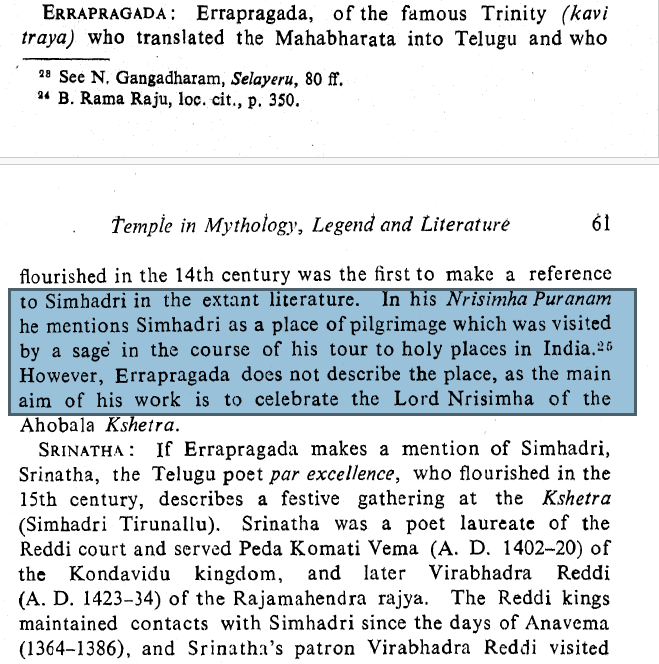
Art
 It is only natural that a temple dedicated to Narasimha Swami feature his sculpture throughout the edifice. Simhachalam showcases many such. The art of the site is typical of medieval sculpture in the region. The black-marble figures recall the more famous Ramappa temple in Telangana, with a more pronounce Dravidian style externally and Kalingan style internally.
It is only natural that a temple dedicated to Narasimha Swami feature his sculpture throughout the edifice. Simhachalam showcases many such. The art of the site is typical of medieval sculpture in the region. The black-marble figures recall the more famous Ramappa temple in Telangana, with a more pronounce Dravidian style externally and Kalingan style internally.
Chitra Sastra and Silpa Sastra are essential tomes on iconography and sculpture in particular. The Puranas, especially the Vishnudharmottara Purana, often expound upon such ideas. They even specify the particular forms of Nrsimha that are to be featured, and stipulate rules for delineation.
However, Narasimha is not the only deity to feature here. As is common in most vaishnavite temples, other members of the Dasavatara are represented. Varaaha Swami is one such, and is carved in grand style.
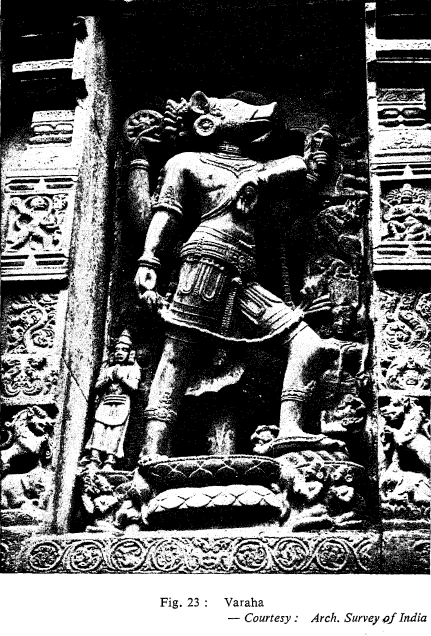 Quotidian motifs are present as well. The frequently featured fan-attendant (chaurikaa) is discernible at this pilgrimage site.
Quotidian motifs are present as well. The frequently featured fan-attendant (chaurikaa) is discernible at this pilgrimage site.
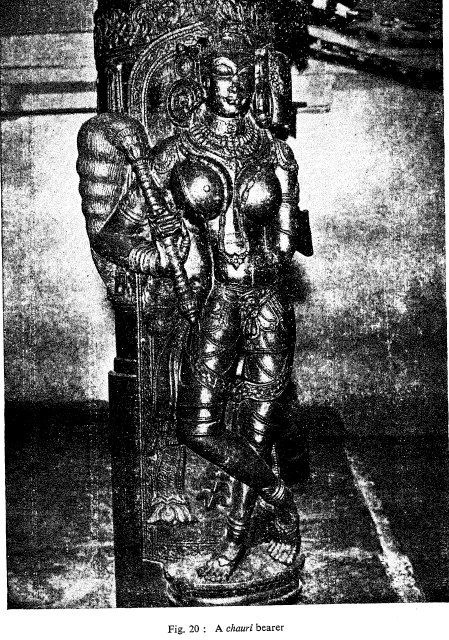 Of course, no mention of a Narasimha Swami temple would be complete without mention of his consort. This temple features Lakshmi Devi in her various forms, among numerous other icons.
Of course, no mention of a Narasimha Swami temple would be complete without mention of his consort. This temple features Lakshmi Devi in her various forms, among numerous other icons.
![]() This architectural site is also notable for its more mundane motifs. Plants and animals redound throughout the precincts. The vine/creeper (latha) is an auspicious theme second among flora only to the lotus. It is prominent throughout the cloister.
This architectural site is also notable for its more mundane motifs. Plants and animals redound throughout the precincts. The vine/creeper (latha) is an auspicious theme second among flora only to the lotus. It is prominent throughout the cloister.
Architecture
The North Eastern region of Andhra Pradesh was for a time under the rule of the Eastern Ganga Kings of Odisha and the temples of this region show influences of the Odisha style of architecture (as in Srimukhalingam and Simhachalam). Although the Vimana and general precincts evince the characteristics of the Southern Dravida style, there is certainly a Kalingan accent to the area.
Elsewhere, however, the traditional Dravida style of the Chola empire is evident.
The Vimana stands at a prominent 80 feet and dates at least as far back as the 1200s. The shrine has 5 projections (pancharatha) associated with Odia architecture. A Dravida style temple tyically features 6: the base (adhishtaana), the foot (padha), the entablature (prasthara), the neck (greeva), the apex (sikhara), and the finial (sthupi). [1, 162]
 Other features include a cloister as well as a mukhamandapa, which is adorned by plentiful and ornate pillars.
Other features include a cloister as well as a mukhamandapa, which is adorned by plentiful and ornate pillars.
 Simhadri features the standard water-tanks (pushkarinis), flag poles (dhvaja stambhas), and entablature (prasthara).
Simhadri features the standard water-tanks (pushkarinis), flag poles (dhvaja stambhas), and entablature (prasthara).
The cloister has been known to Hindu temples at least as far back as the 8th century. It is a covered walk-way, which is also called Thiruchuttumala. Some might make a comparison to Buddhist architecture and the chaithya hall.
 Ultimately, the architecture of Simhachalam is as edifying as it is mesmerising.
Ultimately, the architecture of Simhachalam is as edifying as it is mesmerising.
Legacy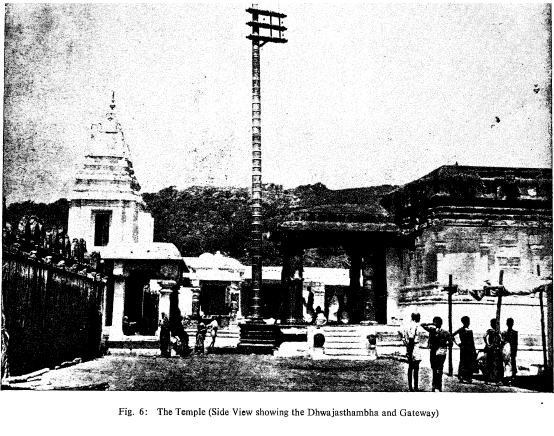
Simhachalam is a place of piety and power. It features the most ferocious of Lord Vishnu’s incarnations, Nara-Simha, who destroyed the wicked Asura Hiranyakashipu for daring to threaten his devotee. Prahlada stands as the rare asura who rejects the wicked ways of his people and embraced Paramatma rather than asuric ahankara.
Simhachalam temple is testimonial to the imperative of punishing those who transgress against the Supreme Being and his devotees. According to the sthalapuram, Simhachalam (also known as Simhadri) was the place where Narasimha is said to have decided to rescue Prahlada, and thus, was suitably honoured here with a temple.
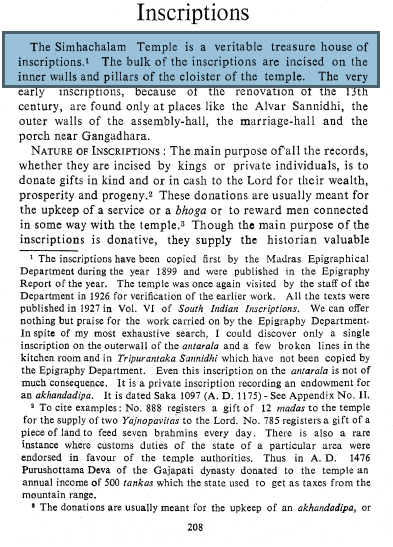 More than the architect, however, it is the historian’s delight that characterises Simhachalam. It is a veritable treasure trove of inscriptions, which have proven highly useful to reconstruct much of the history of Kalinga and Aandhra.
More than the architect, however, it is the historian’s delight that characterises Simhachalam. It is a veritable treasure trove of inscriptions, which have proven highly useful to reconstruct much of the history of Kalinga and Aandhra.
The people here have witnessed many dynasties and imperial armies, marching across their hills and riverine tracts. Unlike language supremacists today, the people are non-parochial, feeling at ease with Telugu, Odia, and other languages as well. It is not for nothing that nearby Visakhapatnam is known for being highly cosmopolitan.
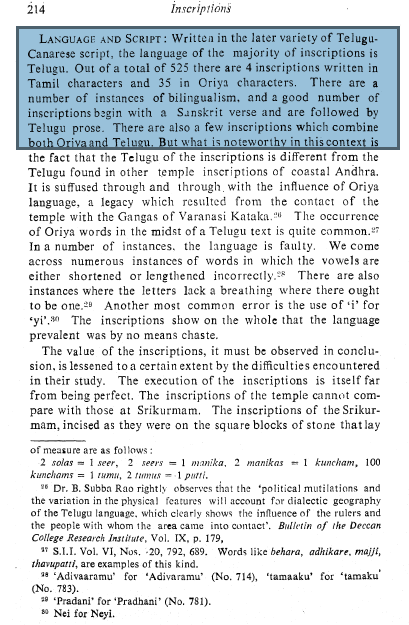 Countless royal dynasties as well as feudal barons (Koppula and Korukonda naayakas) demarcate this crossroads of desas.
Countless royal dynasties as well as feudal barons (Koppula and Korukonda naayakas) demarcate this crossroads of desas.
Although traditionally credited to the Srivaishnavites of Ramanujacharya, its liturgy is said to have veered to a different sect following the fall of the Chola Imperium.
 The temple is said to be maintained according to the Pancharatra agamas. A number of Madhva (that is Dvaita-Vedanta) luminaries are said to have been associated with this site. One such is Narahari Teertha.
The temple is said to be maintained according to the Pancharatra agamas. A number of Madhva (that is Dvaita-Vedanta) luminaries are said to have been associated with this site. One such is Narahari Teertha.
 From Kings to Saints, Simhachalam has been a place of pilgrimage for many an age. It is the historian’s delight and Vizag’s vaishnavite heritage. It is a tribute to the power and ferocity of the Man-Lion Incarnation himself.
From Kings to Saints, Simhachalam has been a place of pilgrimage for many an age. It is the historian’s delight and Vizag’s vaishnavite heritage. It is a tribute to the power and ferocity of the Man-Lion Incarnation himself.
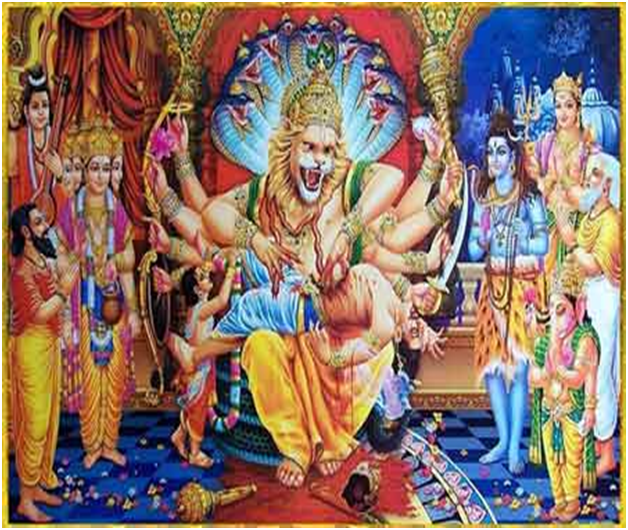
References:
- Sundaram, Dr. K. The Simhachalam Temple. Waltair: Andhra University. 1969
- Temples of Andhra Pradesh. http://www.templenet.com/Andhra/andhra_hist.html
